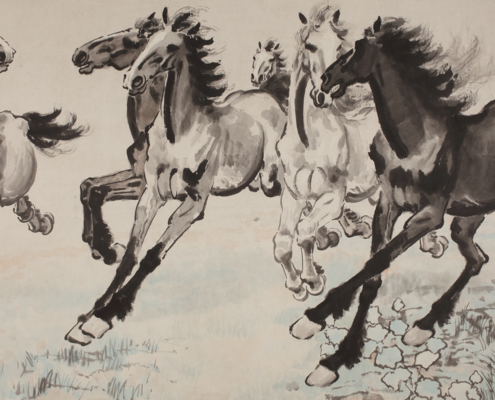
Back cover
Back cover. Xu Beihong (1895-1953), Six Galloping Horses, 1942, 95.5 x 180 cm, ink and color on paper, Xu Beihong Memorial Museum
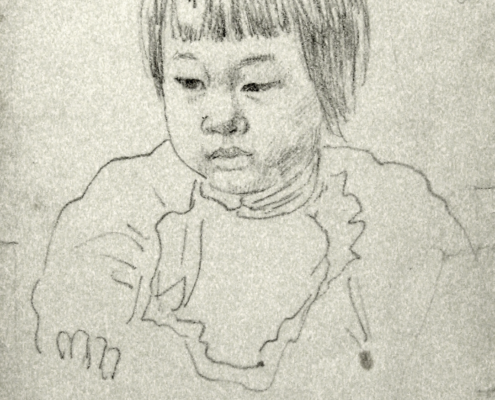
Frontispiece
Frontispiece. Portrait of Xu Fangfang, drawn by her father Xu Beihong (1895-1953), 1950, 35 x 25 cm, pencil on paper, collection of the artist’s family
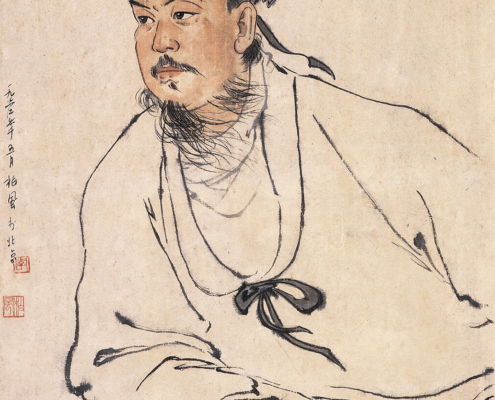
Figure 10
Figure 10. Li Hu (1919-1975), Guan Hanqing, 1962, 85 x 60 cm, ink and color on paper, collection of Li Hu’s family
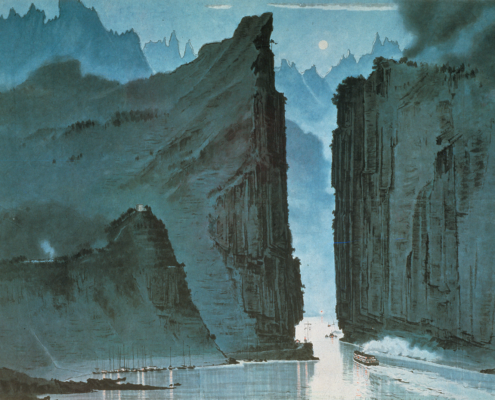
Figure 9
Figure 9. Li Hu (1919-1975), Night Navigation through the Three Gorges, 1971, 125 x 175 cm, ink and color on paper, collection of Li Hu’s family.
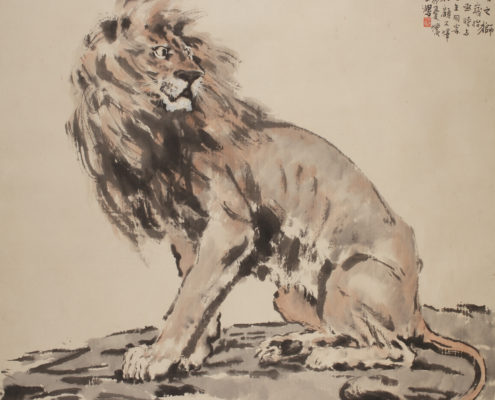
Figure 8
Figure 8. Xu Beihong (1895-1953), Wounded Lion, 1938, 110 x 109 cm, ink and color on paper, Xu Beihong Memorial Museum

Figure 7
Figure 7. Xu Beihong (1895-1953), Spring Rain on the Lijiang (Li River), 1937, 73.8 x 113.8 cm, ink on paper, Xu Beihong Memorial Museum
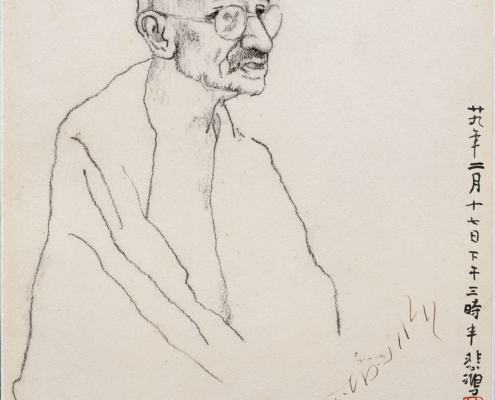
Figure 6
Figure 6. Xu Beihong (1895-1953), Portrait of Mohandas Karamchand Gandhi, 1940, 20 x 23.8 cm, charcoal on paper, Xu Beihong Memorial Museum. Xu Beihong sketched Gandhi in a few minutes during a gathering in Santiniketan, India.
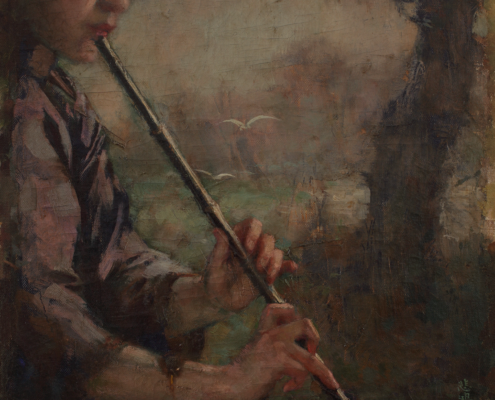
Figure 5
Figure 5. Xu Beihong (1895-1953), Sound of the Flute, 1926, 79.5 x 38 cm, oil on canvas, Xu Beihong Memorial Museum
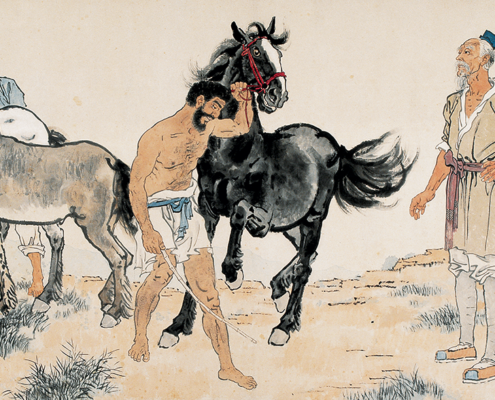
Figure 4
Figure 4. Xu Beihong (1895-1953), Jiufang Gao, Horse Judge, 1931, 139 x 351 cm, ink and color on paper, Xu Beihong Memorial Museum
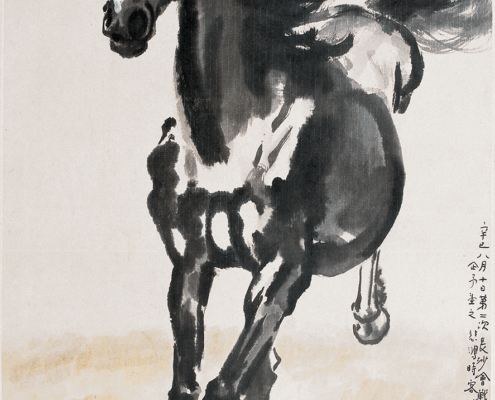
Figure 2
Figure 2. Xu Beihong (1895-1953), Galloping Horse, 1941, 130 x 76 cm, ink and color on paper, Xu Beihong Memorial Museum
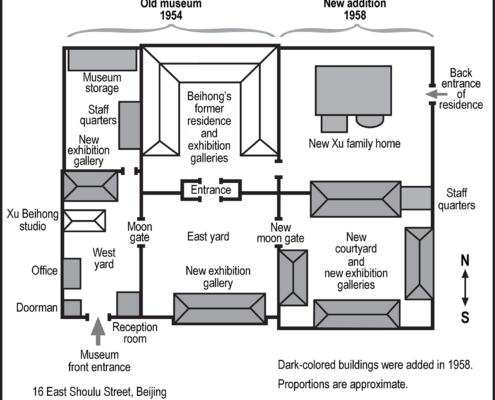
Figure 1
Figure 1. Xu Beihong Memorial Museum diagram (1954 and1958)
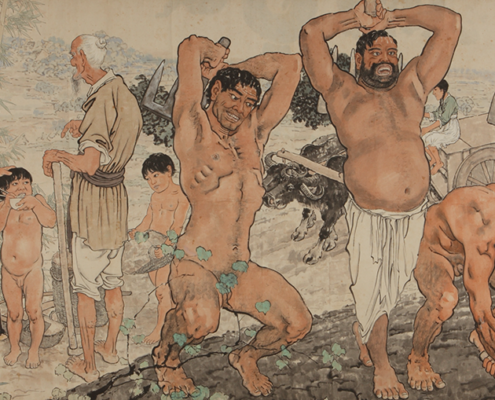
Figure 3
Figure 3. Xu Beihong (1895-1953), The Foolish Old Man Who Removed the Mountains, 1940, 143.5 x 424 cm, ink and color on paper, Xu Beihong Memorial Museum
